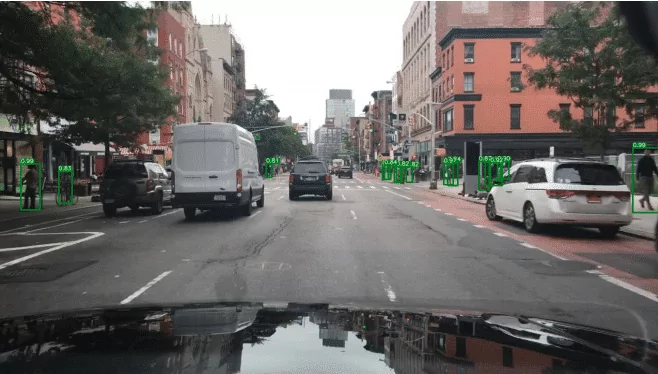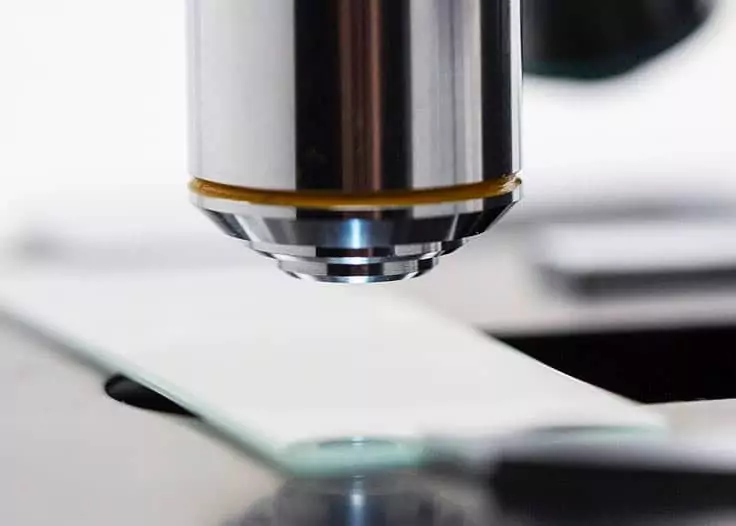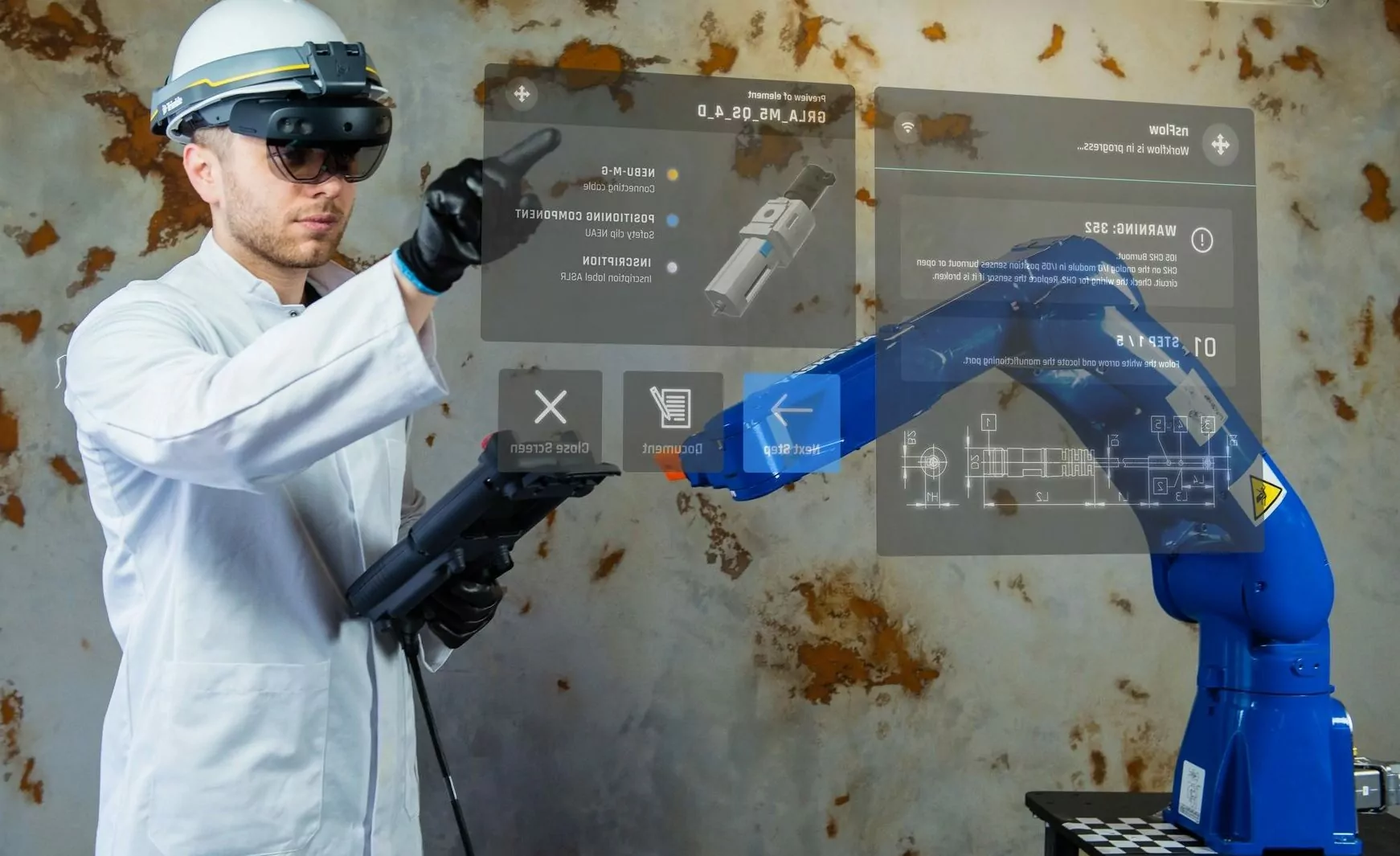We’re happy to announce that, with support from the National Center for Research and Development, NeuroSYS has launched a project on automating the classification and counting of bacterial colonies for microbiological analysis.
Project’s goals
During the next 2 years, the dedicated team will be working on developing algorithms that use deep learning to classify bacteria and identify the number of colonies based on the image of bacterial cultures grown on a Petri dish.
Such algorithms will form the foundation of the final outcome of this project – an AI-powered software for automated analysis of bacterial cultures in microbiological laboratories.
The final product is intended for different variants of using: i) in standard trim (for bacterial analysis based on ready-made images, ii) connected to a simple image acquisition set consisting from a camera mounted on a tripod (these sets for laboratory use are available on the market, such as the ones produced by Carl Zeiss), iii) in conjunction with existing advanced systems for automating microbiological laboratory environment (i.e. MicroTechniX).
Real-world applications
Time and accuracy are of the essence for microbiological analysis performed in industrial labs – where microbiology testing is a legally required part of a production process, and its automatisation reduces operational costs.
As of today, microbiological analysis is semi-automated. Some of its stages, such as sample preparation and labelling, incubator, image acquisition can be performed with the help of robotic devices. At the same time, the results’ evaluation is mainly done manually and requires tedious repetitive work performed by a team of highly educated employees.
The software that we’re working on will help speed up the process, reduce associated costs, and avoid potential human errors when the analysis is performed manually.
The areas of application include but not limited to healthcare, pharmaceutical, food, cosmetics, and veterinary industries.

How does it work?
The solution will be based on the algorithms of deep learning. In recent years they have dominated the majority of image classification and object detection challenges achieving impressive results when applied to visual data. More precisely, a combination of Convolutional Neural Networks (CNN) with other types of neural networks and classical algorithms will be used to detect and classify different species of bacteria.`
In cooperation with microbiology experts, we are preparing a database that will contain carefully described photos of Petri dishes with specific species of bacteria. “Data is of great importance for the learning process of neural networks. That’s why we plan to generate around 20 000 training images for the project.” – explains Tomasz Golan, R&D Director of the project.
Additionally, spectral analysis and three-dimensional vertex mapping (laser scanning) will be performed in order to obtain more information about the samples.
“We believe that deep learning is the technology that will lie a foundation for a future automated microbiological analysis and power up the capabilities of industrial laboratories, ultimately speeding the delivery and enhancing the accuracy of testing results.” – shares his prognosis with us Tomasz Kowalczyk, CEO at NeuroSYS.
Tech stack
Python, Pytorch, TensorFlow, OpenCV
We hope you’re as excited about the outcomes of this project as we are. Sign up for updates to stay tuned or contact us directly if you have any questions.
Project co-financed from European Union funds under the European Regional Development Funds as part of the Smart Growth Operational Programme.
Project implemented as part of the National Centre for Research and Development: Fast Track.





